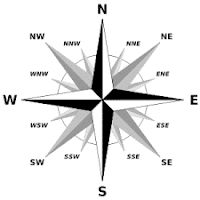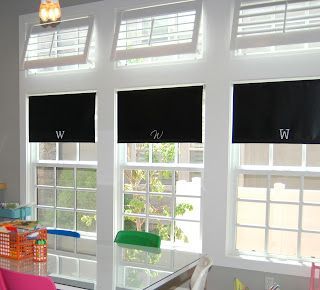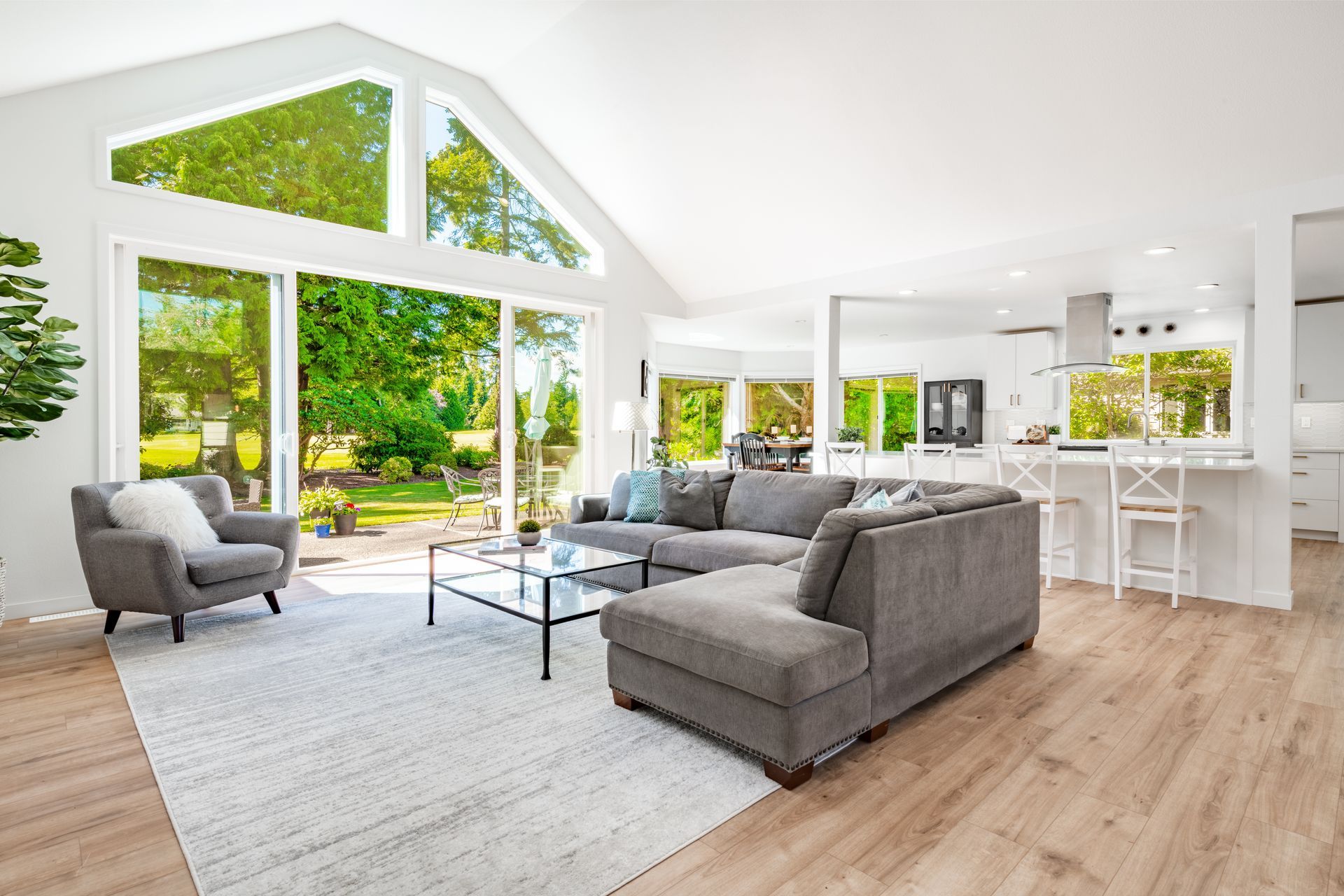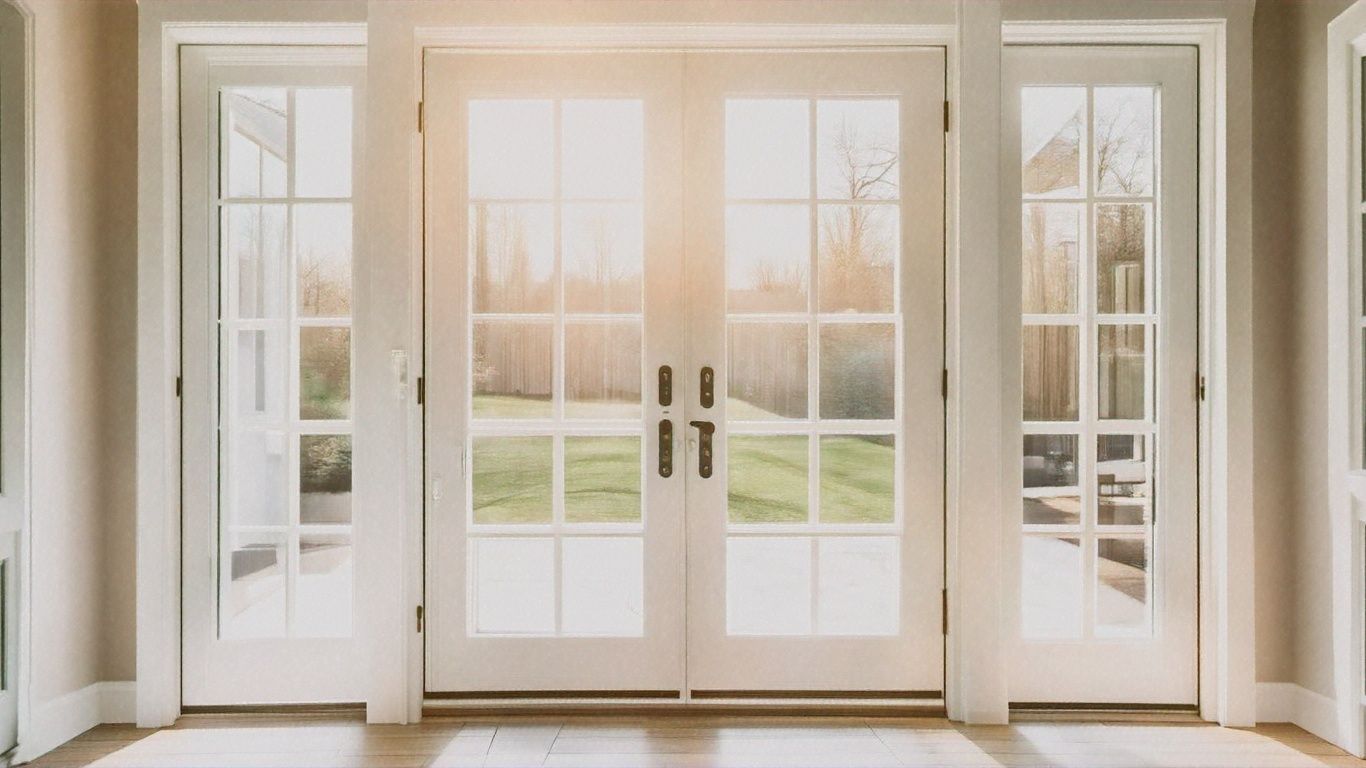3 Things to Know About Passive Solar Heat
Share Content:

Soaring costs for heating and cooling our homes, energy efficiency becomes a priority. Homes are becoming better insulated and sealed allowing the heating and cooling systems to operate at peak efficiencies, reducing usage and costs. The next leap in efficient home design and maintenance is maximizing passive solar heating and natural ventilation . Windows play an invaluable role in the performance of our houses and today’s window options can provide a custom energy efficient solution for your unique house.
As a child, before air conditioning was built into most homes, I remember summertime when my mother would open all the windows at night or the very early morning to cool off the house. Then, about 10:00 am she’d close them and pull the drapes to keep the house cool the entire day. Granted the house was dark and stuffy, but compared to the 100º temperatures outside it was a haven.Today we hear about home energy assessments to measure airtightness, or dual pane low-e windows to manage solar heat, or low U factors to measure performance, but do we really know what these mean for our own home?Most people don’t know how to remodel or design a new home applying energy efficient principles.
While there are multiple things that go into making a house energy efficient, there are three basic principles when selecting your windows: the orientation, the glass, and ventilation. Window Orientation
If you are remodeling your home or designing a new one the sizes and locations of windows should be based on the cardinal directions of the house – north, south, east, and west. North/south oriented windows are the best option for visual and thermal comfort and accommodate larger glass openings without over heating, compared to east/west facing windows.
- North-facing windows admit even, natural light with little glare and almost no unwanted summer heat gain
- South-facing windows provide the most winter sunlight but little direct sun during the summer
- East/West facing windows receive direct daylight at certain times of the day, which is often preferred for breakfast rooms or sunrooms and should be equipped with shading options.
- East-facing windows provide morning sun, but sunlight entering at low angles often leads to blinds down and lights on and offers little heating in the winter
- West-facing windows allow the afternoon and summer evening light to lengthen the day, may require blinds to cut the glare and invites little heat in winter
Glass

Selecting the right glass depends on the location of your windows and the geographical region of your home. Low-e has become a universal term for energy efficient coating applied to the window glass. Actually, advances in glass coatings and new regional energy codes, Low-e options can be customized to your home’s requirements. Whether you need high light and low heat or greater protection from fading – there’s a Low-e for your requirement. Next week’s blog will explain your glass options in detail.
Ventilation
When remodeling or designing a new home select window styles and window locations that optimize ventilation for added comfort and efficiency. Fresh air circulation makes a huge difference in your well being while indoors. Educate your self on the many options including skylights with automatic sensors for opening and closing or awning transom windows above interior doors to circulate fresh air throughout your home.With so many options available to customize window energy performance throughout your home it can be confusing. Remember this, select the right type of window style for the window location and specify the finish and size of the glass. If you do these things, you can improve the energy efficiency and comfort of your home.
Connect with Us:



